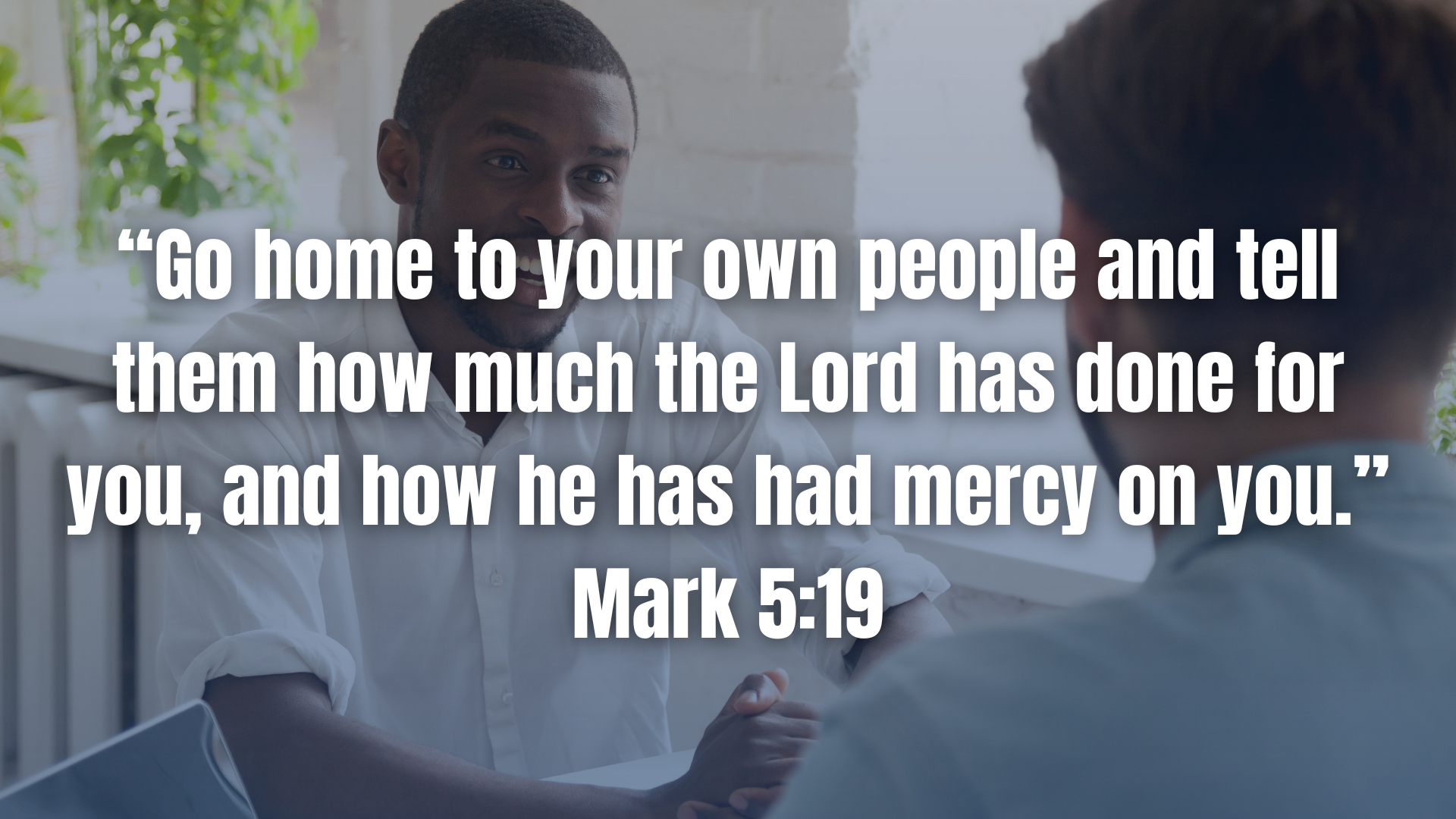Sharing Outreach Stories
On Sharing Personal Outreach Stories
In every act of service, there’s a story waiting to be told—one that reflects the hands and feet of Jesus moving in real time.
Whether it’s a small moment of connection with a neighbor or a long-term partnership that transforms a neighborhood, the local outreach efforts of the Church are filled with stories that inspire, instruct, and invite others to get involved.
But that power is not without risk; people (both volunteers and benefactors) are often choosing to be vulnerable when they share stories of impactful change, and that vulnerability should be carefully respected. Sharing their stories publicly should be seen as a sacred opportunity to honor the dignity of those we serve and inspire others to join alongside them.
Why Stories Matter in Outreach
When a church shares the story of how a child received a backpack for school or how a partnership helped restore housing for a single mom, it’s doing more than relaying information—it’s casting a broader vision for how the church could be seen in the community.
This act of sharing humanizes the mission, paints a picture of hope, and reminds us why we serve. Here are some methods through which storytelling strengthens local outreach ministry:
Recruitment Through Connection
New volunteers often get involved not because of an announcement, but because they saw or heard a story that stirred something in them.
When someone hears about a teen who gave their life to Christ at a food pantry event or a school principal who thanked the church for showing up consistently, it connects the mission to the meaning.
Rekindle Motivation
In the day-to-day grind of ministry, stories breathe life back into the mission. They help teams remember the “why” behind the logistics.
Whether it’s a staff meeting or a Sunday stage moment, a well-timed story can reignite hearts and rekindle vision.
Keeping the Mission Visible
Stories keep outreach from becoming background noise. They help the whole congregation remember that the Church is active beyond the four walls.
Regular storytelling helps create a culture where local outreach is not just a program—it’s part of the church’s identity.
How to Record Stories Well
Great stories don’t always land in your inbox—you often have to go find them. Cultivating a rhythm of storytelling means intentionally creating space to collect and write down the experiences of volunteers and those served.
Here are some ways to get started:
Ask volunteers regularly for highlights after events. A short email or group text can surface powerful quotes and snapshots of impact.
Include a story prompt in post-event debriefs or surveys. “Was there a moment today that stood out to you?” can go a long way.
Create a “story log.” Keep a running document, spreadsheet, or voice memo to track stories, including the date, event, people involved, and quotes.
Log stories soon after or during the moment. Even quick notes can help capture details that might be forgotten later. If you have permission, voice or video record the volunteer’s version of the story.
Sharing Sensitive Stories with Wisdom
Some of the most powerful stories come from people who have walked through deep pain—domestic violence survivors, individuals escaping trafficking, or families facing homelessness. These stories can shine light on dark places, but only if told with careful sensitivity and honor.
Get permission. Always. Never assume someone is okay with their story being shared, even anonymously. Let them know where and how it may be shared.
Avoid identifying details. Change names, locations, or timelines if needed. Focus on the impact, not the individual’s private history.
Invite participation. Sometimes, individuals may want to help shape how their story is told. If they’re comfortable, let them help write or review it.
Use your judgment. Just because a story is powerful doesn’t mean it’s ready to be shared. Some stories need time, healing, and distance before they’re offered publicly.
Tell the story from the perspective of the impact. For example, instead of focusing solely on someone’s trauma, highlight how the church community showed up with dignity and care.
For sensitive topics like human trafficking, substance abuse, or child welfare, consider framing stories around your partnership organizations’ impact rather than one person’s experience. This still highlights the mission without compromising anyone’s safety or dignity.
Tell the Story of Faithfulness
At the heart of every local outreach story is a bigger story—one of faithfulness, compassion, and God’s redemptive work.
Stories don’t have to be dramatic to be meaningful. A neighbor smiling for the first time, a volunteer who discovered their passion, or a small act of kindness that opened the door to prayer—these are the moments that tell the truth about what community ministry really is.
So tell your stories—regularly, prayerfully, and with compassion. Invite others into the mission not through obligation, but through vision. And always remember: the way we tell stories matters just as much as the stories we tell.





